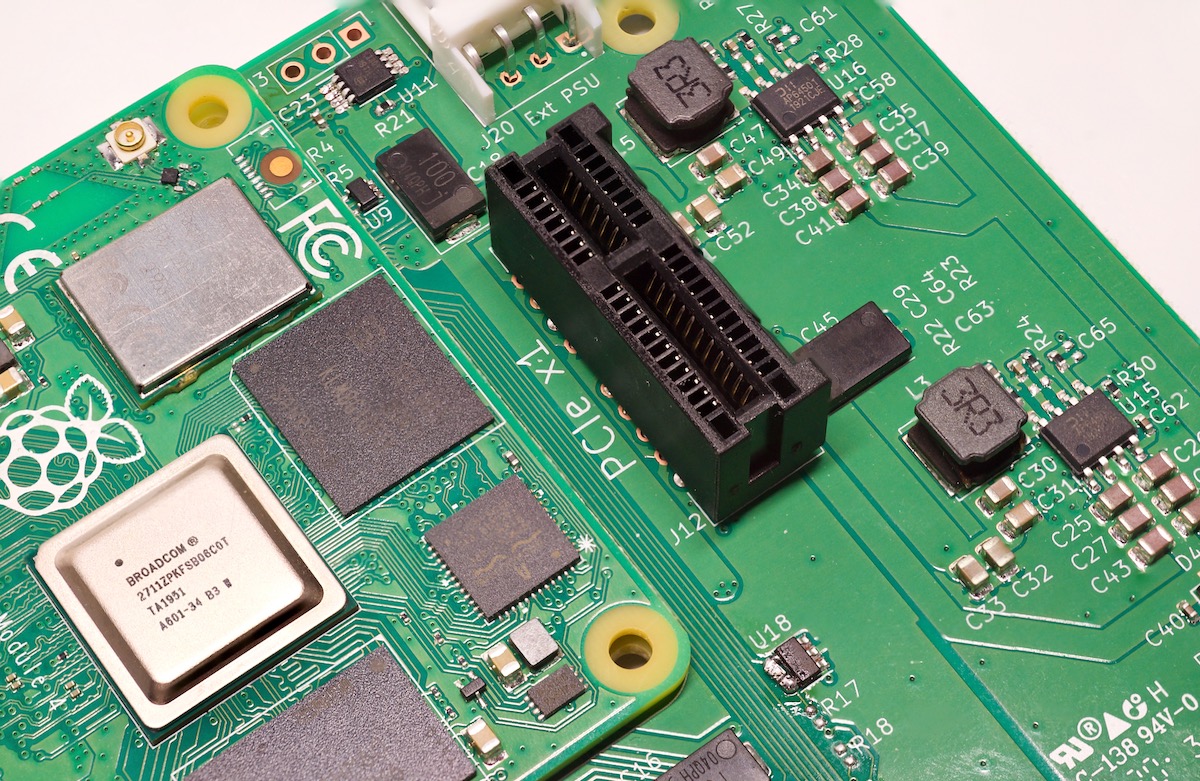Time Card and PTP on a Raspberry Pi Compute Module 4
Ahmad Byagowi, the project lead for Open Compute Project's Time Appliance, reached out to me a couple weeks ago and asked if I'd be willing to test the new Time Card Facebook had announced in mid-August on a Raspberry Pi Compute Module 4. Since I have a sort of obsession with plugging anything and everything into a Pi to see what works and what doesn't, I took him up on the offer.
The official specs had PCI Express Gen 3 on a x4 slot as a requirement, but it seems the Gen 3 designation is a little loose—the card and its driver should work fine on an older Gen 2 bus—like the one the Raspberry Pi Compute Module 4 exposes if you use the official IO Board:

The slot is x1, but you can plug in any width card using an adapter like this one or by hacking an open end into it with a razor saw or dremel tool.

